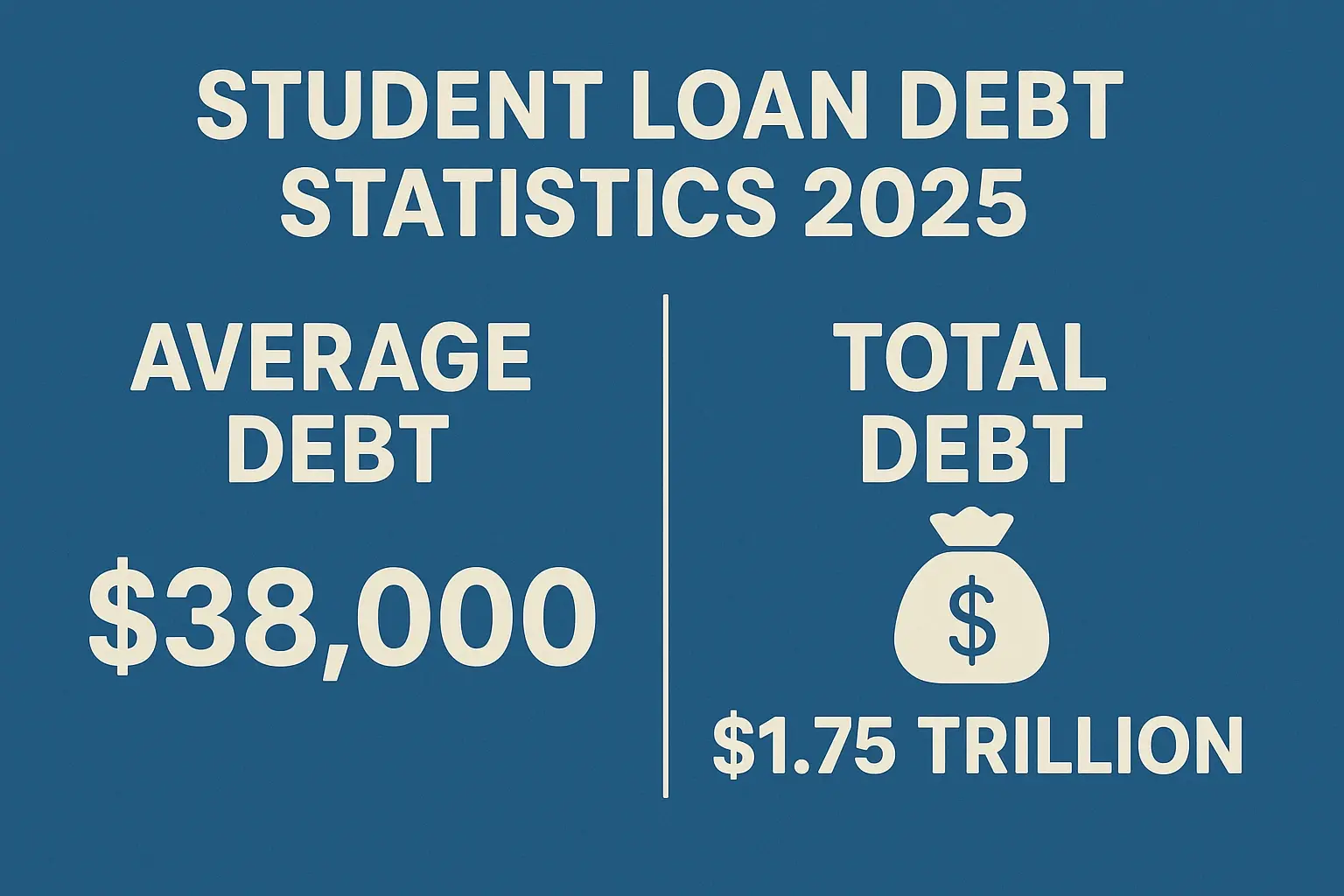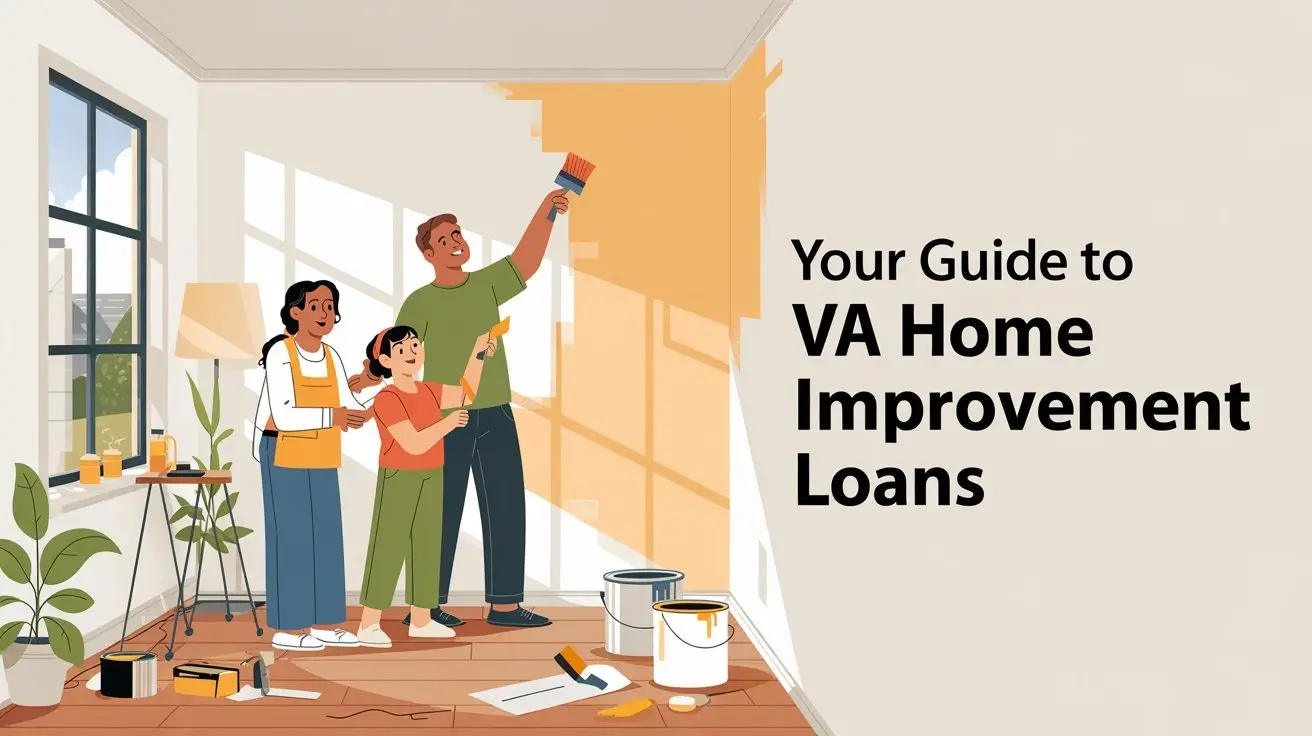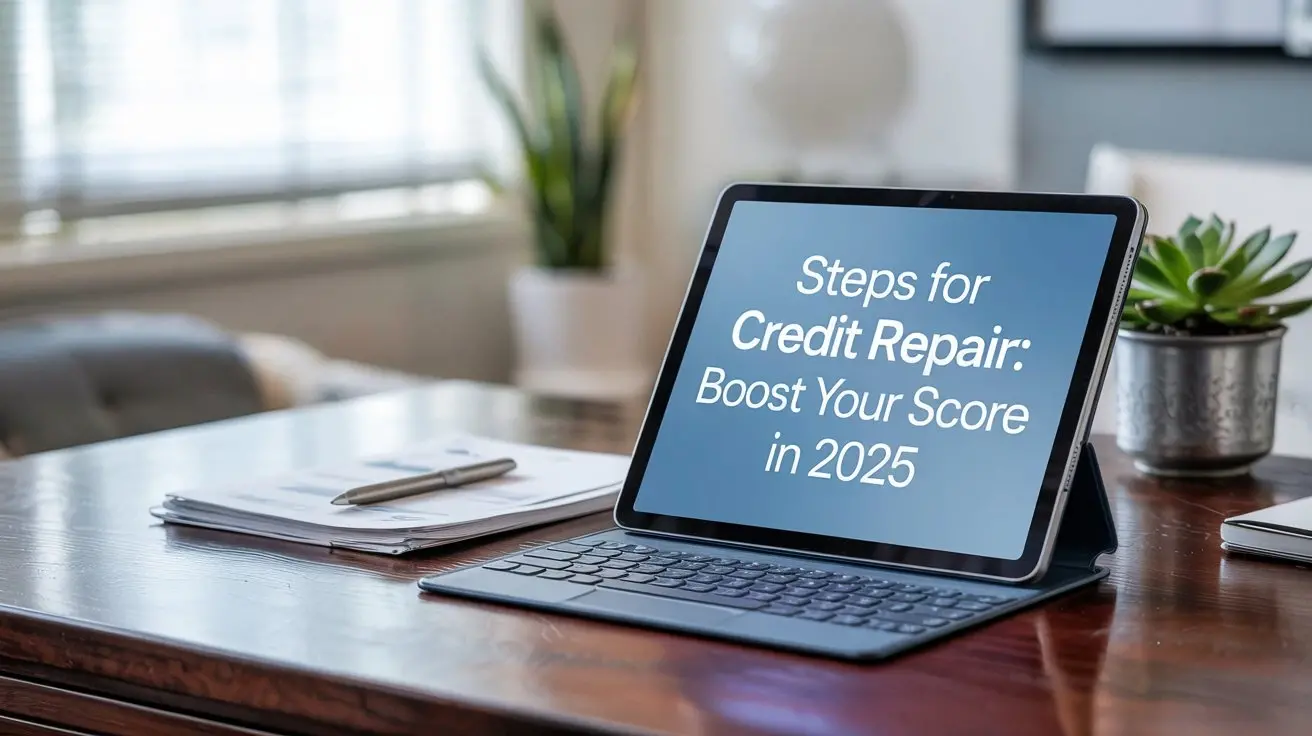-
Posted on: 19 Apr 2024

-
A leaky roof, a cracked ceiling, or a faulty foundation can quickly turn your dream home into a nightmare. But what if your credit score isn't exactly shining? Facing urgent home repairs with bad credit can feel incredibly daunting. The good news is, it's not an impossible situation. This comprehensive guide explores various home repair loan options available to homeowners with less-than-perfect credit, providing you with actionable strategies and resources to get your home back in shape.
Understanding the Challenges of Getting a Home Repair Loan with Bad Credit
Lenders view credit scores as a primary indicator of a borrower's ability to repay a loan. A lower credit score signifies a higher risk, making it more difficult to secure favorable loan terms, including lower interest rates and manageable repayment schedules. Common challenges include:
- Higher Interest Rates: Lenders compensate for the increased risk by charging higher interest rates on loans offered to borrowers with bad credit. This significantly increases the overall cost of the loan.
- Stricter Qualification Requirements: Lenders may impose stricter income requirements, require a larger down payment (if applicable), or ask for collateral to mitigate their risk.
- Limited Loan Options: The range of loan products available to individuals with bad credit is typically narrower compared to those with excellent credit.
- Lower Loan Amounts: Lenders may be hesitant to offer substantial loan amounts to borrowers with poor credit histories.
Home Repair Loan Options for Borrowers with Bad Credit
Despite the challenges, several loan options cater to homeowners with less-than-perfect credit scores. Understanding these options is crucial to finding the best fit for your specific needs and financial situation.
FHA 203(k) Rehabilitation Loan
The FHA 203(k) loan, insured by the Federal Housing Administration (FHA), is a government-backed loan designed to finance both the purchase of a home and the cost of its rehabilitation or repair. It's an attractive option for borrowers with lower credit scores (typically a minimum of 500 to 580, depending on the lender and down payment). Here's what you need to know:
- Two Types: The Limited 203(k) loan is for minor repairs and improvements, capped at $35,000. The Standard 203(k) loan is for more extensive projects, requiring a HUD consultant to oversee the renovation process.
- Eligibility: The property must meet certain HUD standards after the repairs are completed. You'll need to provide detailed plans and cost estimates for the renovation work.
- Advantages: Lower down payment requirements (as low as 3.5% for scores above 580), flexible credit score requirements compared to conventional loans, and the ability to finance both the purchase and renovation costs with a single loan.
- Disadvantages: More paperwork and a potentially longer closing process compared to other loan options. Requires meeting FHA guidelines, which might have limitations.
Personal Loans
Personal loans are unsecured loans, meaning they don't require collateral. They can be used for various purposes, including home repairs. While interest rates are generally higher for borrowers with bad credit, they offer a relatively straightforward application process.
- Unsecured Nature: Because they are unsecured, lenders rely heavily on your creditworthiness. Expect higher interest rates if your credit score is low.
- Loan Amounts: Personal loans typically range from a few thousand dollars to $50,000, depending on the lender and your creditworthiness.
- Advantages: Relatively quick funding times, no collateral required, and can be used for a wide range of home repairs.
- Disadvantages: Higher interest rates for borrowers with bad credit, potentially shorter repayment terms, and may not be suitable for large-scale renovation projects.
Secured Loans
Secured loans require you to provide collateral, such as a car or other valuable asset, as security for the loan. This reduces the lender's risk and can potentially result in lower interest rates compared to unsecured personal loans.
- Collateral Required: You'll need to pledge an asset as collateral. If you fail to repay the loan, the lender can seize the collateral.
- Lower Interest Rates (Potentially): Secured loans often come with lower interest rates than unsecured loans, especially for borrowers with bad credit.
- Advantages: Potentially lower interest rates, may be easier to qualify for compared to unsecured loans.
- Disadvantages: Risk of losing your collateral if you default on the loan, requires careful consideration of your ability to repay.
Home Equity Loans and HELOCs (Home Equity Lines of Credit)
If you have equity in your home (the difference between the market value of your home and the outstanding balance of your mortgage), you may be able to tap into it through a home equity loan or a HELOC. However, with bad credit, these options can be challenging to secure.
- Home Equity Loan: A lump-sum loan secured by your home equity. You repay the loan in fixed monthly installments over a set period.
- HELOC: A revolving line of credit secured by your home equity. You can borrow funds as needed, up to a pre-approved limit, and repay them over time.
- Challenges with Bad Credit: Lenders are often hesitant to approve home equity loans or HELOCs for borrowers with poor credit histories, as they represent a higher risk of default. Interest rates will also be significantly higher.
- Advantages (if approved): Potentially lower interest rates than unsecured loans, tax-deductible interest payments (consult with a tax professional), and the ability to borrow larger sums of money.
- Disadvantages: Risk of foreclosure if you fail to repay the loan, potentially higher fees, and stricter qualification requirements for borrowers with bad credit.
Loans from Family and Friends
While it can be a sensitive topic, borrowing from family or friends can be a viable option, especially if you're facing difficulty securing traditional financing. Be sure to approach this option with professionalism and respect.
- Establish Clear Terms: Treat the loan like a formal agreement. Create a written contract outlining the loan amount, interest rate (if any), repayment schedule, and consequences of default.
- Maintain Open Communication: Keep your family or friends informed about your progress and any challenges you encounter in repaying the loan.
- Advantages: Potentially lower interest rates or no interest at all, more flexible repayment terms, and avoids the scrutiny of traditional lenders.
- Disadvantages: Can strain personal relationships if not managed properly, may not be suitable for large loan amounts, and requires a high level of trust and communication.
Government Assistance Programs
Explore available government assistance programs for home repairs, especially if you meet specific income requirements or are facing urgent health and safety issues. These programs often provide grants or low-interest loans.
- USDA Rural Development Programs: Offers loans and grants for home repairs in rural areas.
- HUD Programs: Explore HUD's website for potential programs in your area.
- State and Local Programs: Check with your state and local government agencies for available home repair assistance programs.
- Advantages: Often provide grants or low-interest loans, specifically targeted at low-income homeowners.
- Disadvantages: Strict eligibility requirements, limited funding, and potentially long application processes.
Improving Your Chances of Loan Approval with Bad Credit
While having bad credit makes securing a home repair loan more challenging, there are steps you can take to improve your chances of approval and obtain more favorable loan terms.
- Check Your Credit Report: Obtain a copy of your credit report from all three major credit bureaus (Equifax, Experian, and TransUnion) and review it carefully for any errors or inaccuracies. Disputing and correcting any errors can improve your credit score.
- Improve Your Credit Score: Focus on improving your credit score by paying bills on time, reducing your credit card balances, and avoiding new credit applications.
- Increase Your Down Payment (if applicable): Offering a larger down payment demonstrates your commitment to the loan and reduces the lender's risk.
- Provide Documentation: Gather all necessary documentation, including proof of income, employment verification, bank statements, and detailed estimates for the home repairs.
- Consider a Co-signer: If possible, ask a friend or family member with good credit to co-sign the loan. This can significantly improve your chances of approval.
- Shop Around: Don't settle for the first loan offer you receive. Shop around and compare offers from multiple lenders to find the best interest rates and terms.
- Explain Your Situation: Be upfront and honest with lenders about your credit history and the reasons for needing the loan. Explain any mitigating circumstances that may have contributed to your poor credit score.
Making Smart Financial Decisions
Taking out a loan is a serious financial commitment. Before borrowing money for home repairs, carefully assess your financial situation and ensure you can comfortably afford the monthly payments. Consider the following:
- Create a Budget: Develop a detailed budget to track your income and expenses. This will help you determine how much you can realistically afford to repay each month.
- Calculate Total Loan Cost: Calculate the total cost of the loan, including interest payments and fees, to understand the long-term financial implications.
- Emergency Fund: Maintain an emergency fund to cover unexpected expenses and avoid relying on credit cards or additional loans.
- Get Multiple Quotes for Repairs: Get quotes from several contractors to ensure you are getting a fair price for the repairs.
- Prioritize Repairs: Focus on essential repairs that address safety concerns or prevent further damage to your home. Defer cosmetic improvements until you are in a better financial position.
Navigating the Loan Application Process
The loan application process can seem overwhelming, but understanding the key steps can help you prepare and increase your chances of success.
- Research Lenders: Research different lenders and compare their loan products, interest rates, fees, and eligibility requirements.
- Gather Documentation: Gather all necessary documentation, including proof of income, employment verification, bank statements, credit reports, and estimates for the repairs.
- Complete the Application: Fill out the loan application accurately and completely. Provide all requested information and answer any questions honestly.
- Undergo Credit Check: The lender will conduct a credit check to assess your creditworthiness.
- Loan Approval and Funding: If your application is approved, the lender will provide you with a loan agreement outlining the terms and conditions of the loan. Review the agreement carefully before signing. Once you sign the agreement, the funds will be disbursed to you or the contractor, depending on the loan type.




